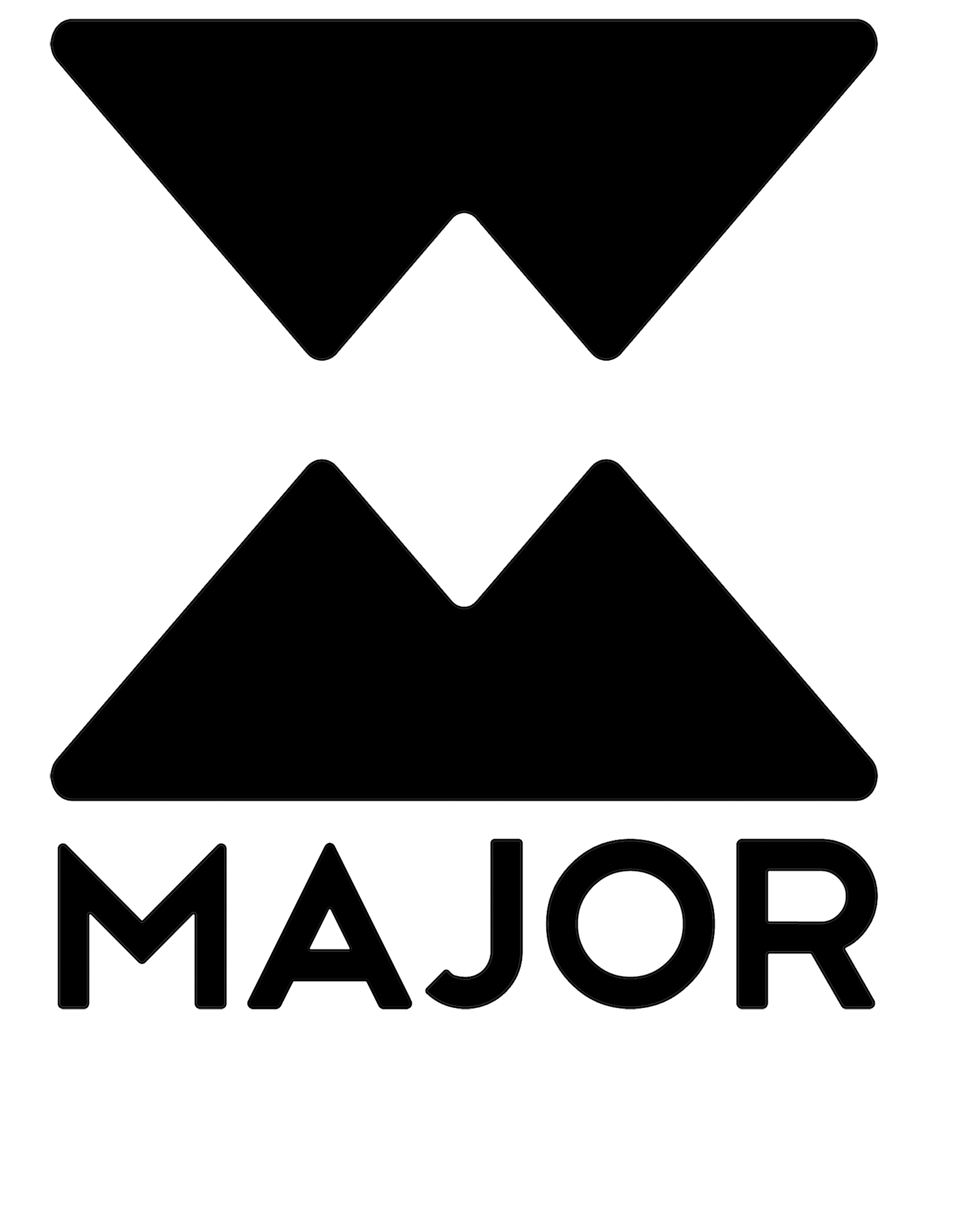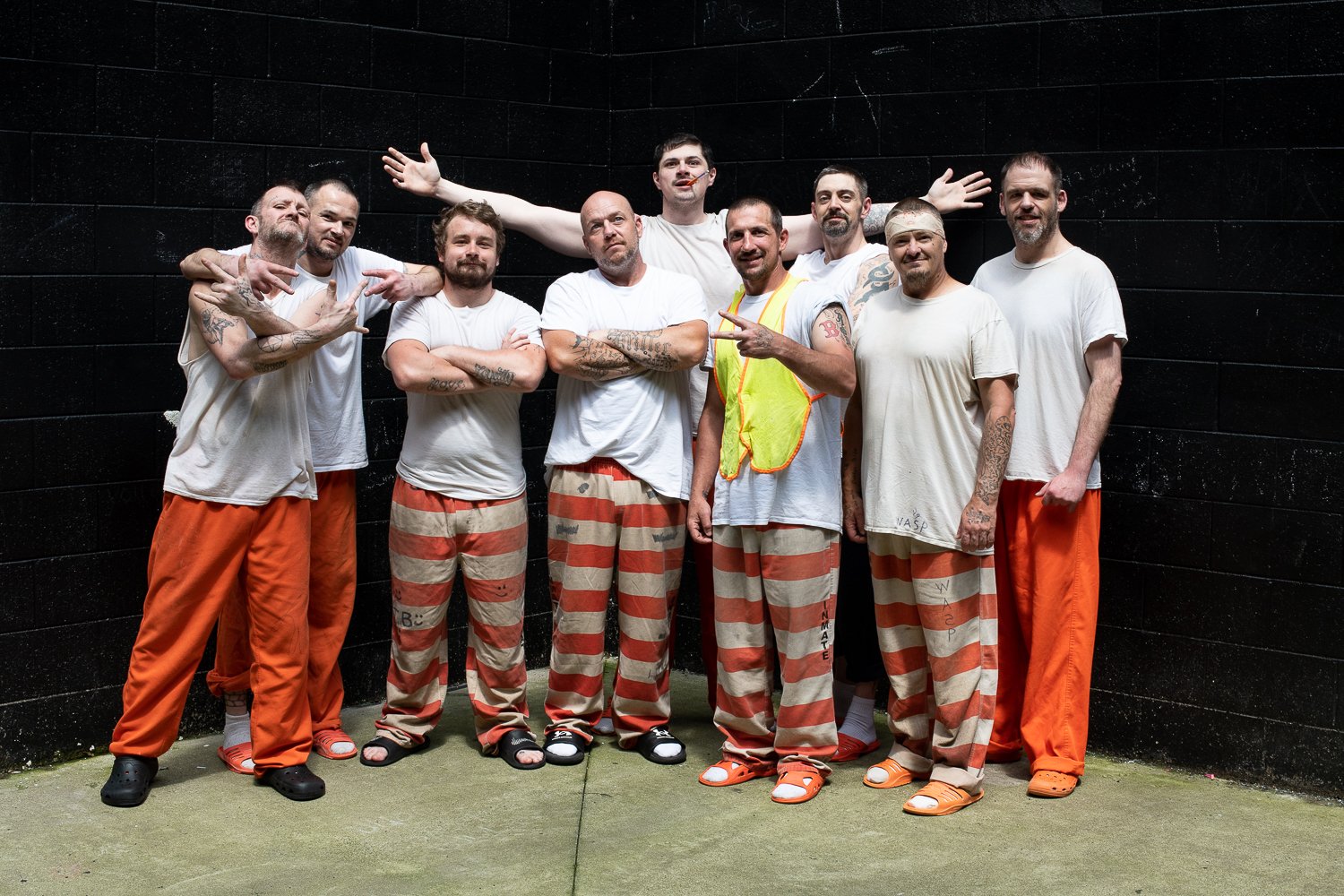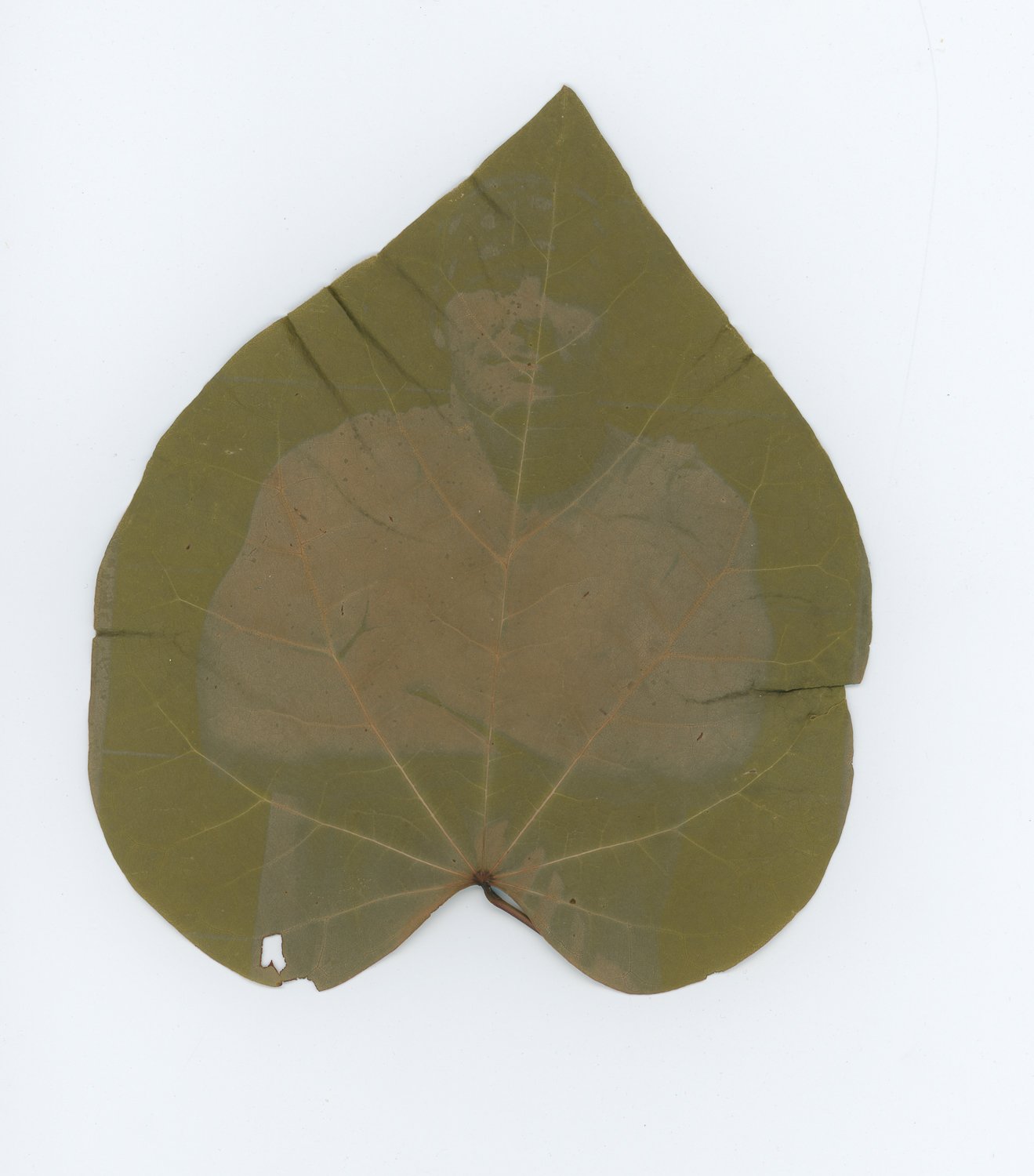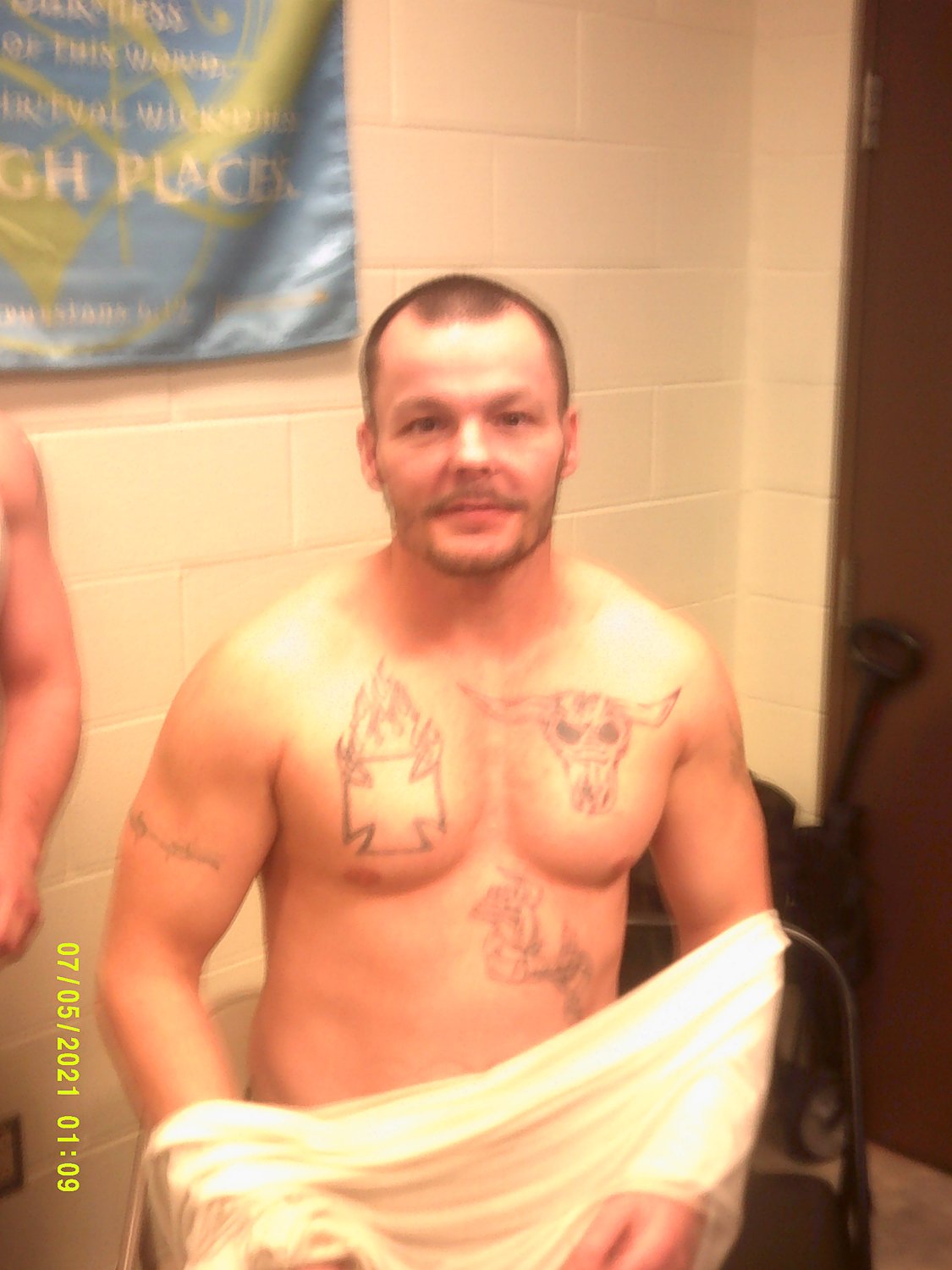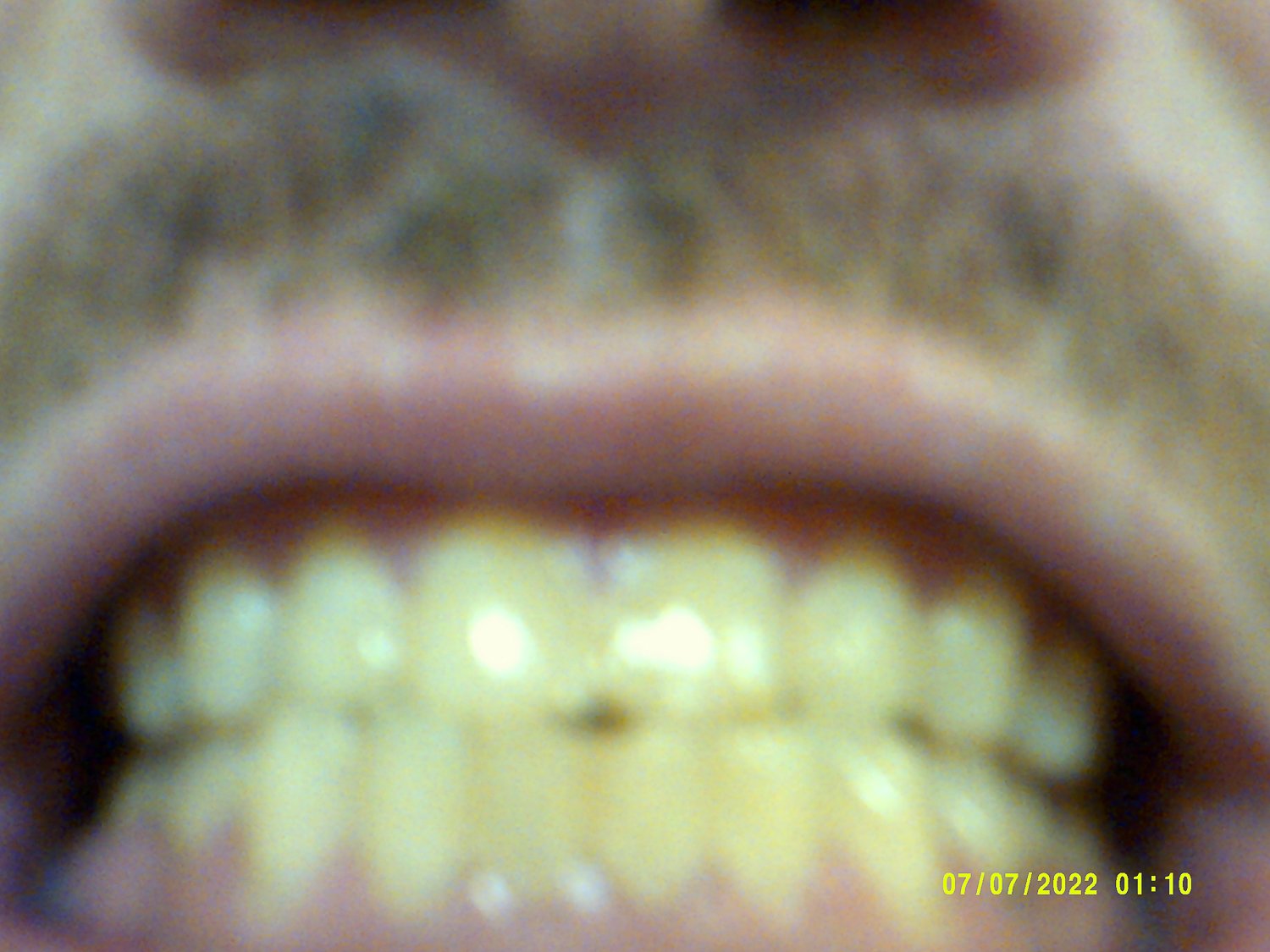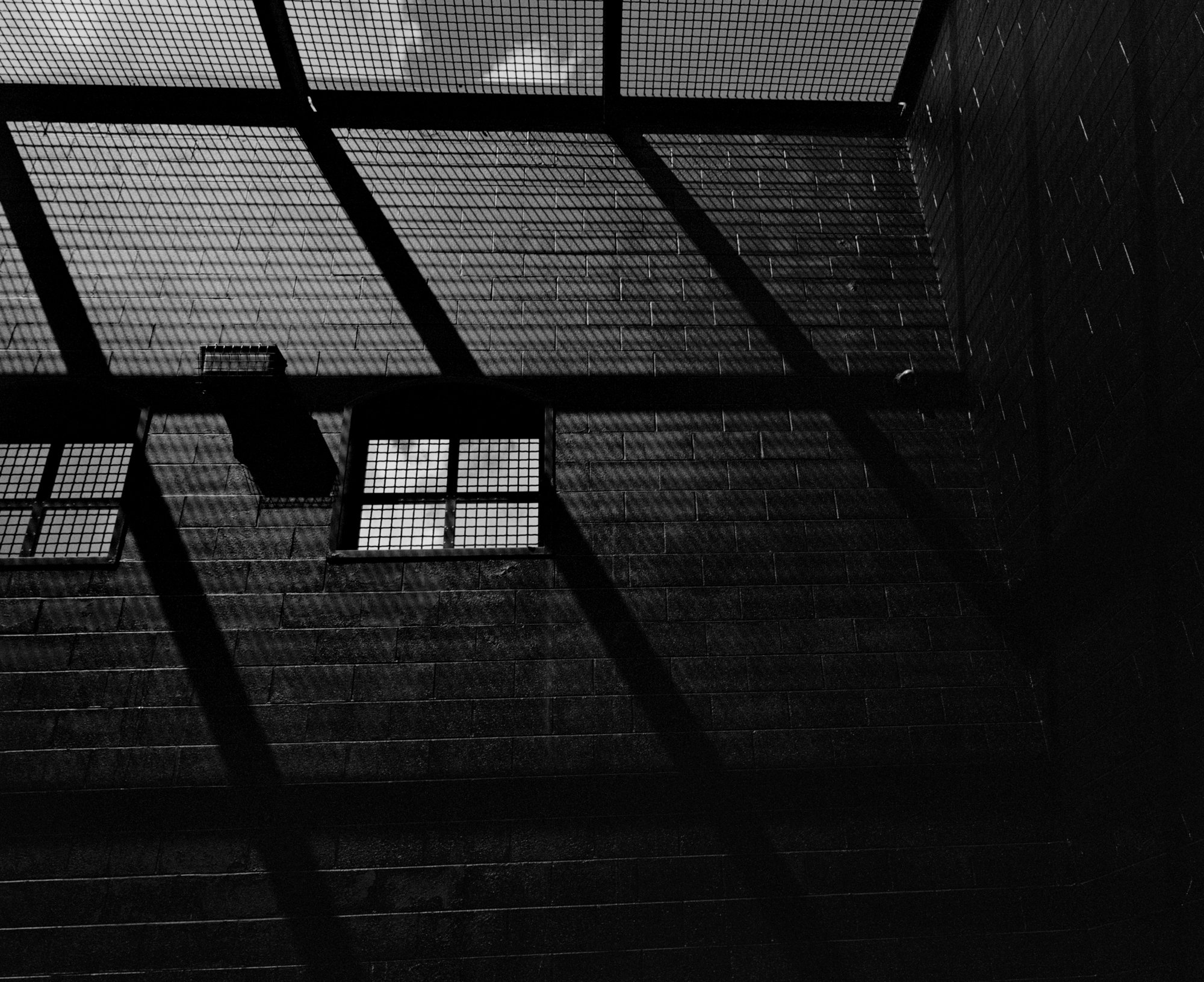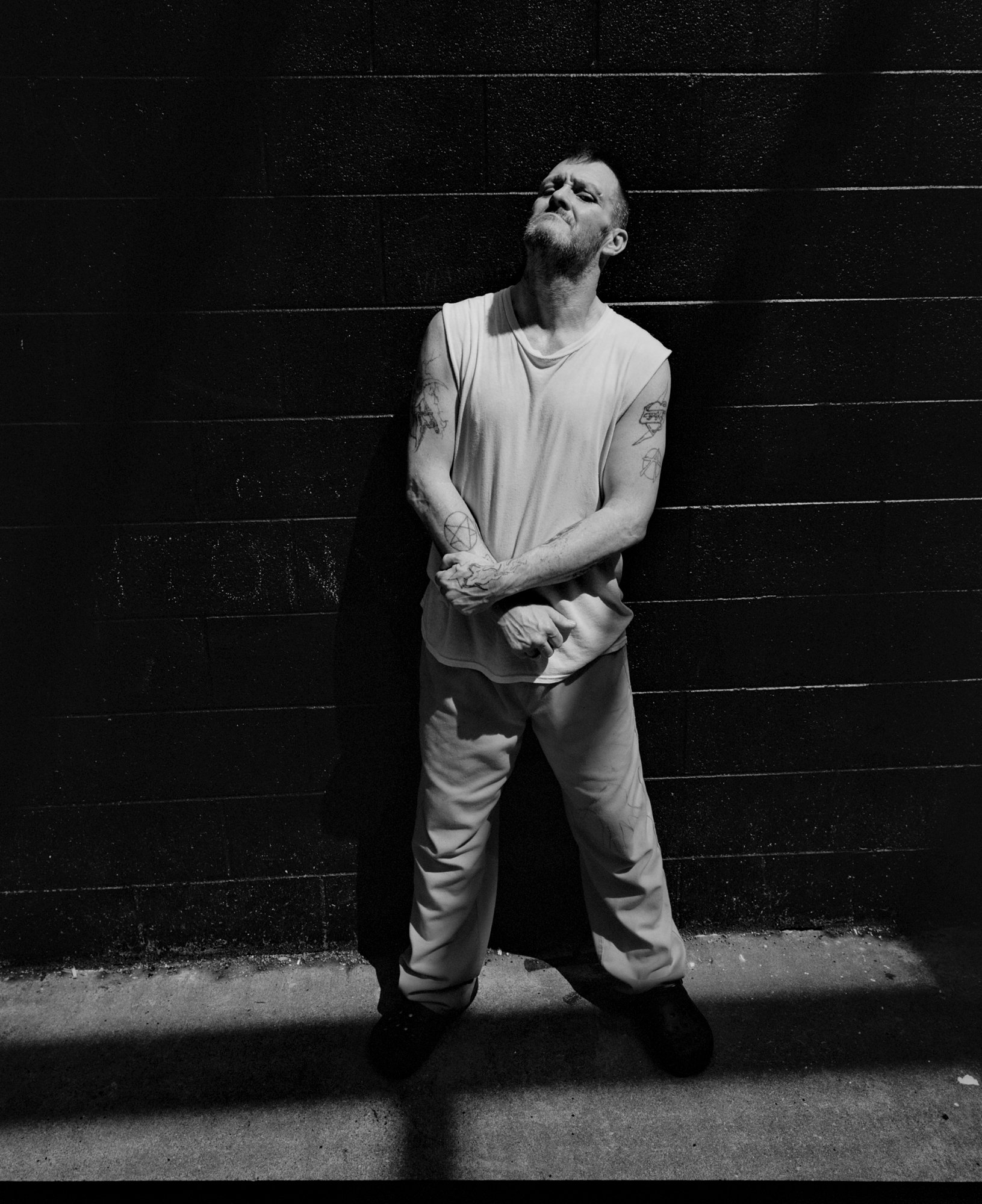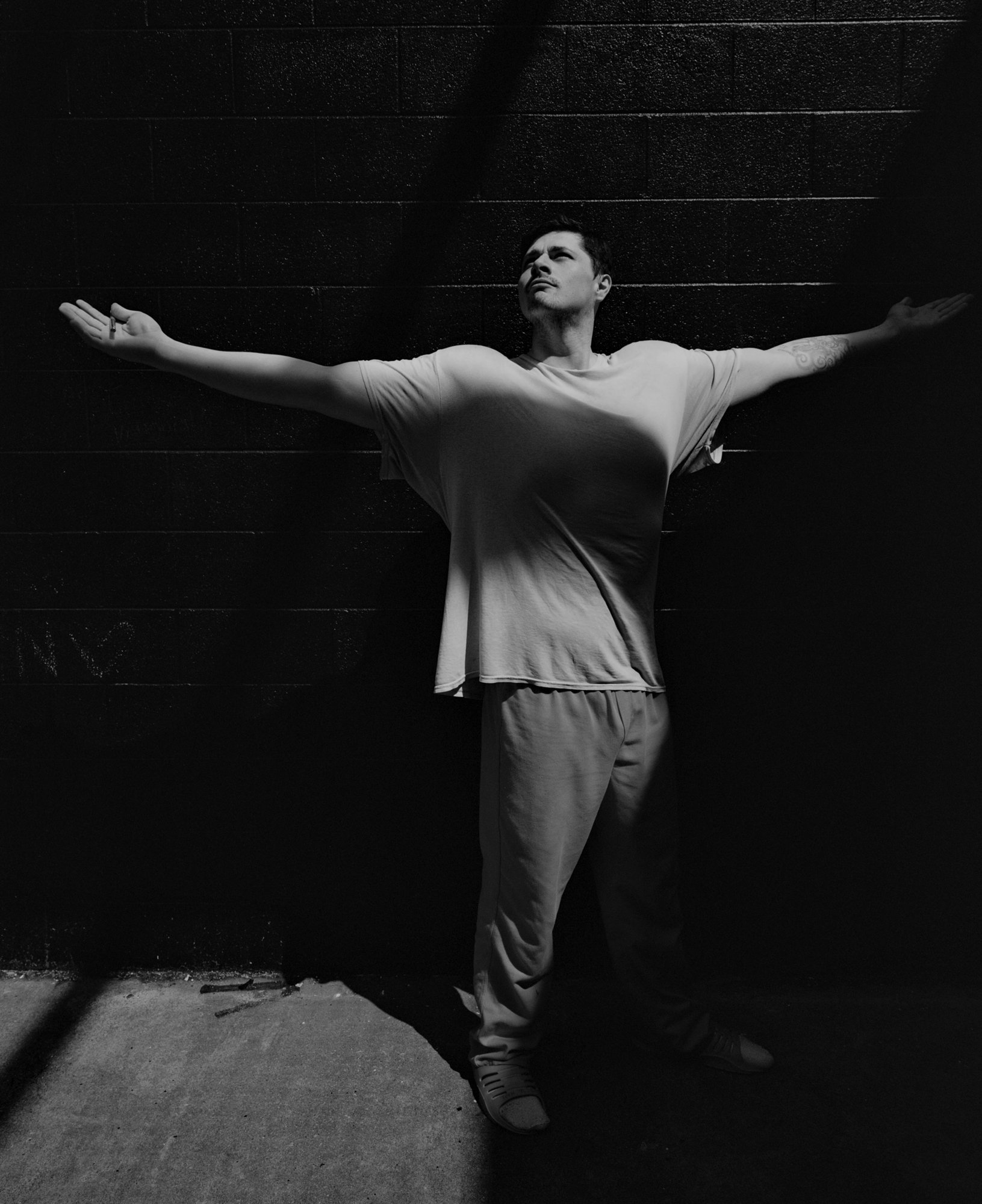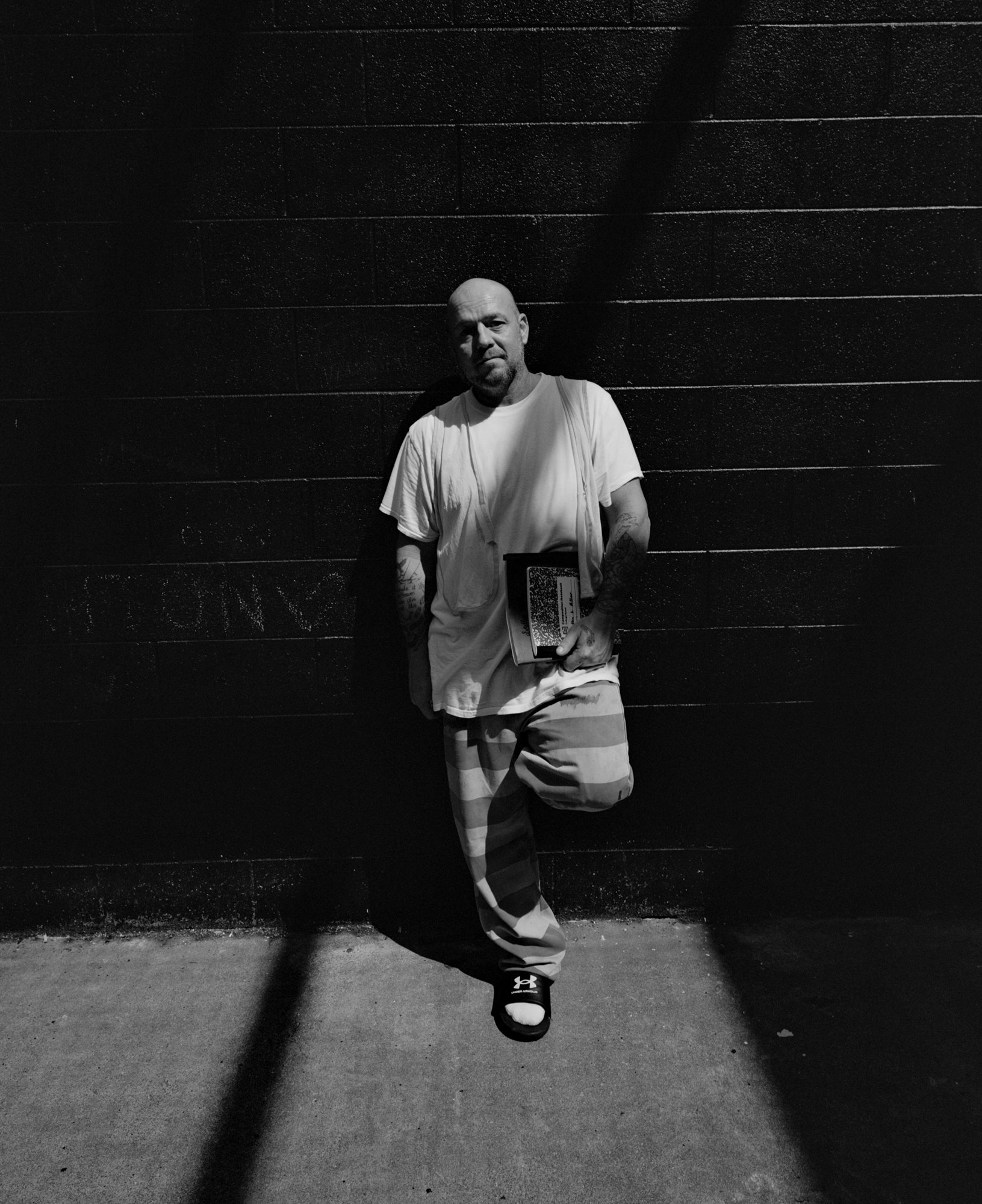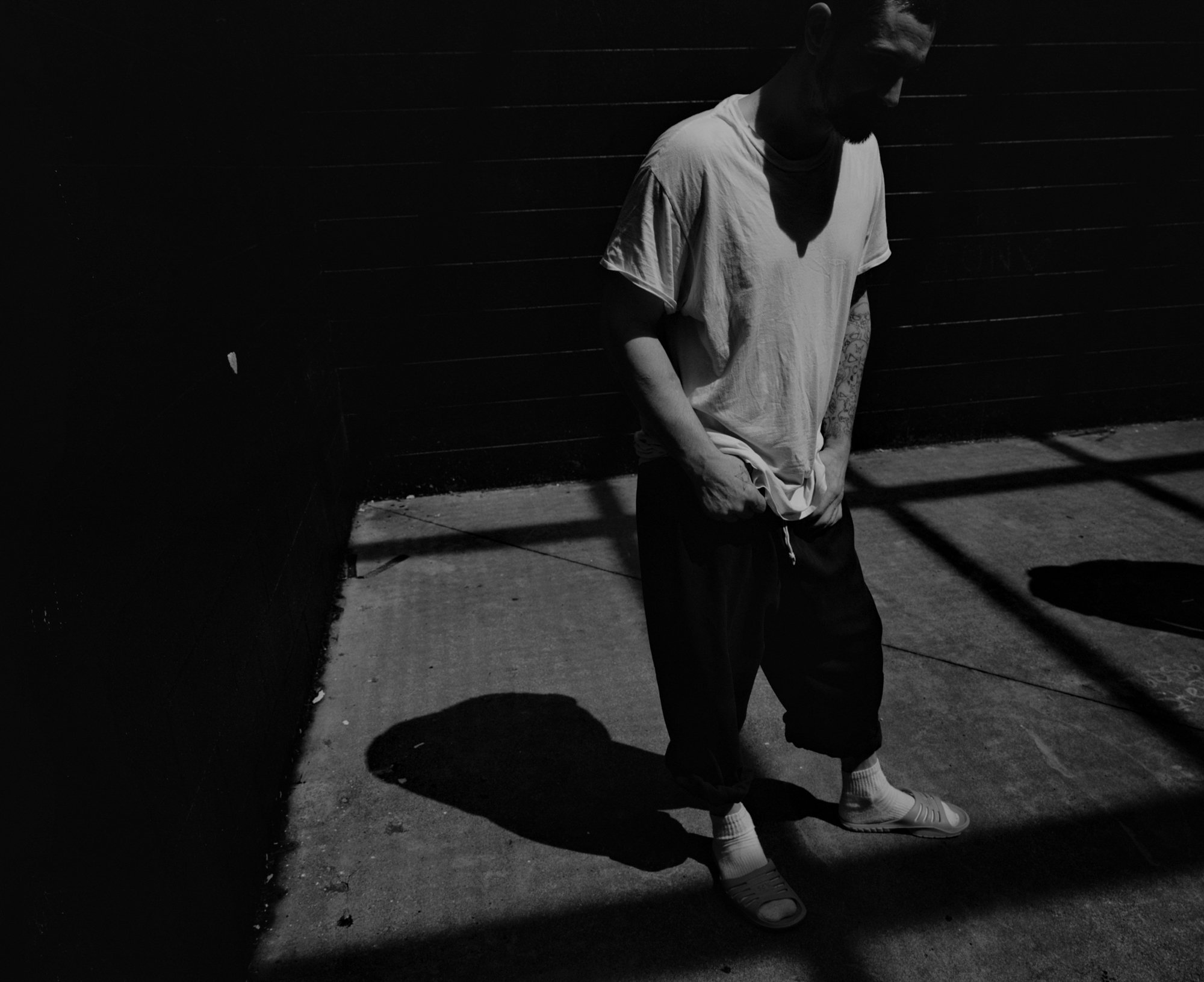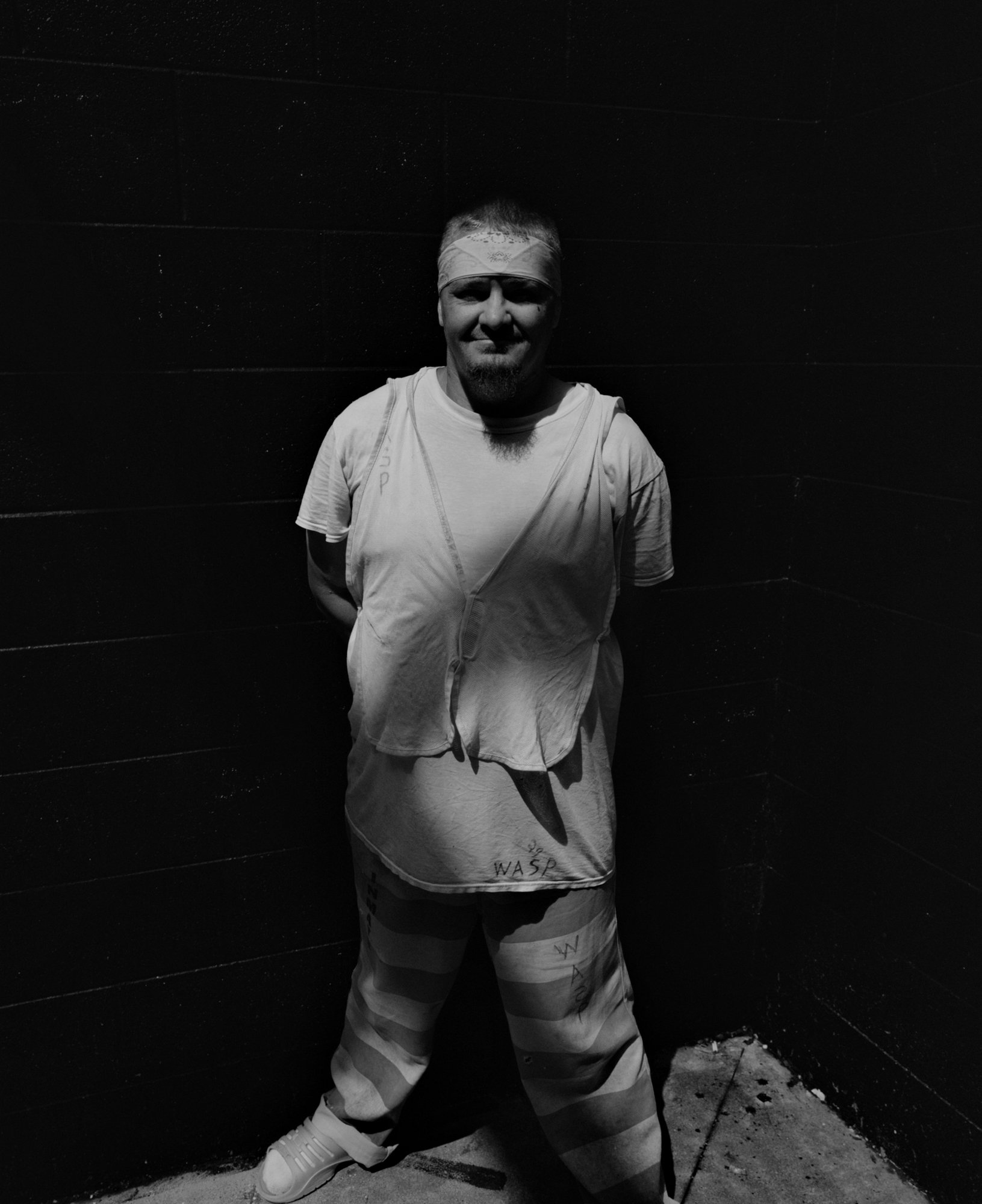DETENTION CENTER
This project was in coalition with the Andrew W. Mellon Foundation, Southeast Kentucky Community & Technical College, and Higher Ground in Harlan. Over a twelve-week period over the summer of 2022 where there were four courses offered to inmates at the Harlan County Detention Center for community college credit. The courses offered were Intro to College, Appalachian Studies, Photography, and Theatre. Students were non-violent offenders that attained 12 credit hours in the Arts & Humanities and are eligible to continue classes once they are released from jail. The Harlan County Detention Center incarcerates several hundred people and the majority of them are state inmates. This was an opportunity to give these individuals more options once they have served their time. This is an on-going project.
During the photography class, which Major taught, there were several assignments that were given to the students. The first being portraits and creating images that are antithetical to the mug shot. The class discussed how mug shots are often used as propaganda to show that incarcerated people are villains. We created images to show that these individuals are more than their crime and are multi-faceted. The photographs were given to them to use in their notebooks and to mail to their family members.
Over the course of the photography class we did a variety of exercises. The students photographed each other with special permission to bring point-and-shoot cameras for them to use. They did visual mapping exercises, wrote about images that they remembered, drew places that were special to them, did photo collages in their notebooks, and participated in creating alternative process prints with guest artist Jane Lindsay. The project below was with Lindsay in attendance, who has worked with prisoners in the southwestern United States for many years. They created chlorophyl prints on kudzu leaves to represent how this population is seen as invasive, but there is an abundance of incarcerated individuals that are often overlooked. The students also created cyanotype prints of their portraits.
Another assignment was giving students the ability to photograph each other and themselves. This was an opportunity to express themselves and have fun in a place that is generally devoid of enjoyment. It was to break up the monotonous day-to-day schedule they have to endure. This gave students empowerment of their own image and the ability to experiment with the equipment given to them. Photographs were given to them to mail to family and friends.
The class did a lot of writing and visual analysis. They learned the importance of visual literacy and how to read images. This was done by dissecting images through blind mapping - a student had to describe a photograph to another student while they drew it, while neither could see what the other was looking at. They were also given images to dissect through writing - mapping out the visual elements as well as the story they think the image told. Students also created collages out of the images they made, wrote stories about images they remembered and then drew that image, and used their notebook to write about photography, art, and life.
